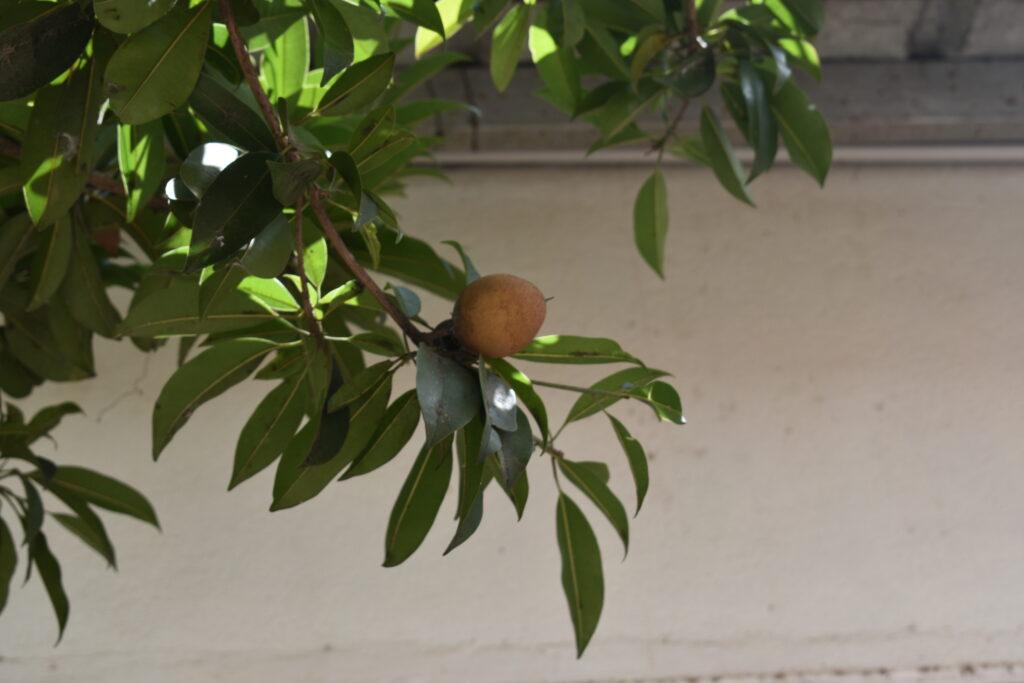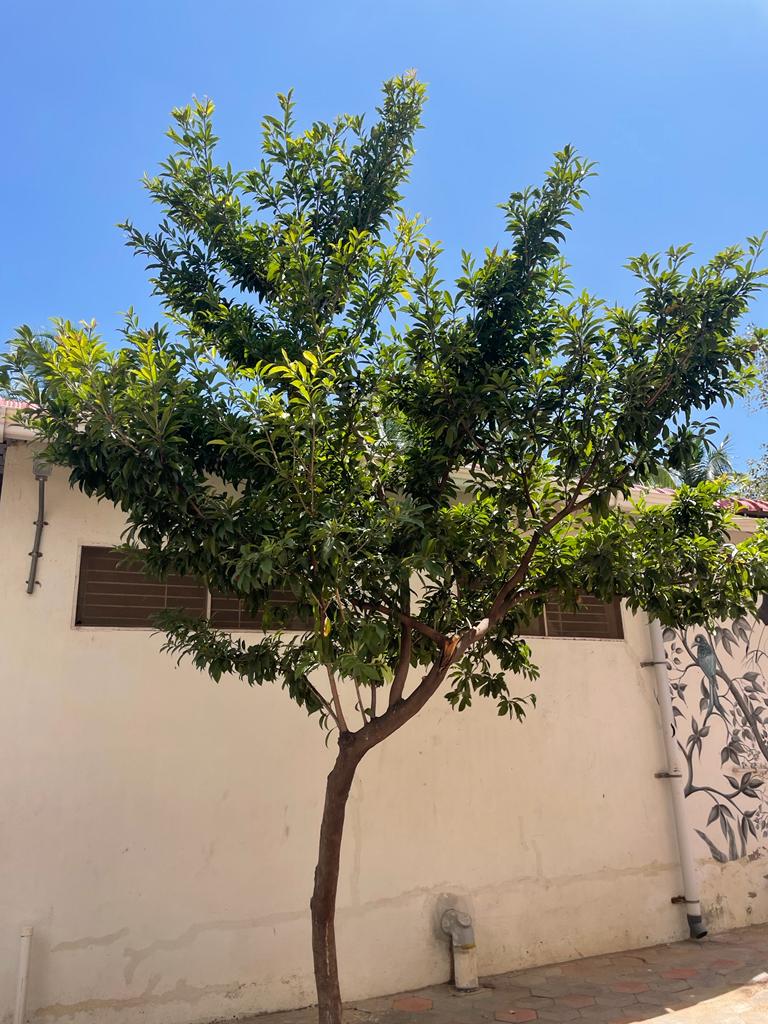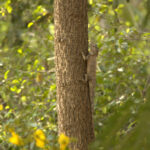The sapodilla tree or more specifically the Manikara zapota, is a large evergreen tree native to the lands of Central America and Mexico. It is a widely cultivated plant in South and South East Asian countries such as India, Thailand and Pakistan; the tree is grown for its sweet brown fruit as well as the production of a latex-like substance used in manufacturing chewing gum.
Its key features include a large, deep brown ridged trunk that can get up to 5 feet in diameter and an impressive 98 feet in height, although the trees grown commercially are much smaller– only about 30 feet tall. The tree’s numerous thin elliptical leaves blanket every branch, providing some much needed shade in the hot and humid areas it can only grow in. The fruit has a coarse, warm brown outer skin with soft inner pulp with its shade ranging from a yellow to light brown, a ripe fruit will be sweet with its taste akin to that of cane sugar. However, an unripe fruit would be full of saponin which causes the fruit to become astringent. The tree fruits twice in a year, coupled with its long lifespan makes the perfect habitat for a variety of small animals, birds and insects. The small white oval flowers bring in insects that drink nectar such as bees, wasps and butterflies, while the fruit attracts all kinds of birds with key examples of bulbuls, Asian koels and babblers and smaller animals like squirrels and bats, even a few species of ants are drawn to the sugary fruit.

It’s Uses
Countless benefits accompany the fruit when eaten, not only is it a great source of fiber and low in calories but also packed with essential nutrients, vitamins and minerals – especially high vitamin C and copper. It may also reduce the risk of chronic diseases, from heart diseases to type 2 diabetes, due to the Gallic acid and quercetin it contains.
In our campus you will find Sapodilla trees near our canteen.








